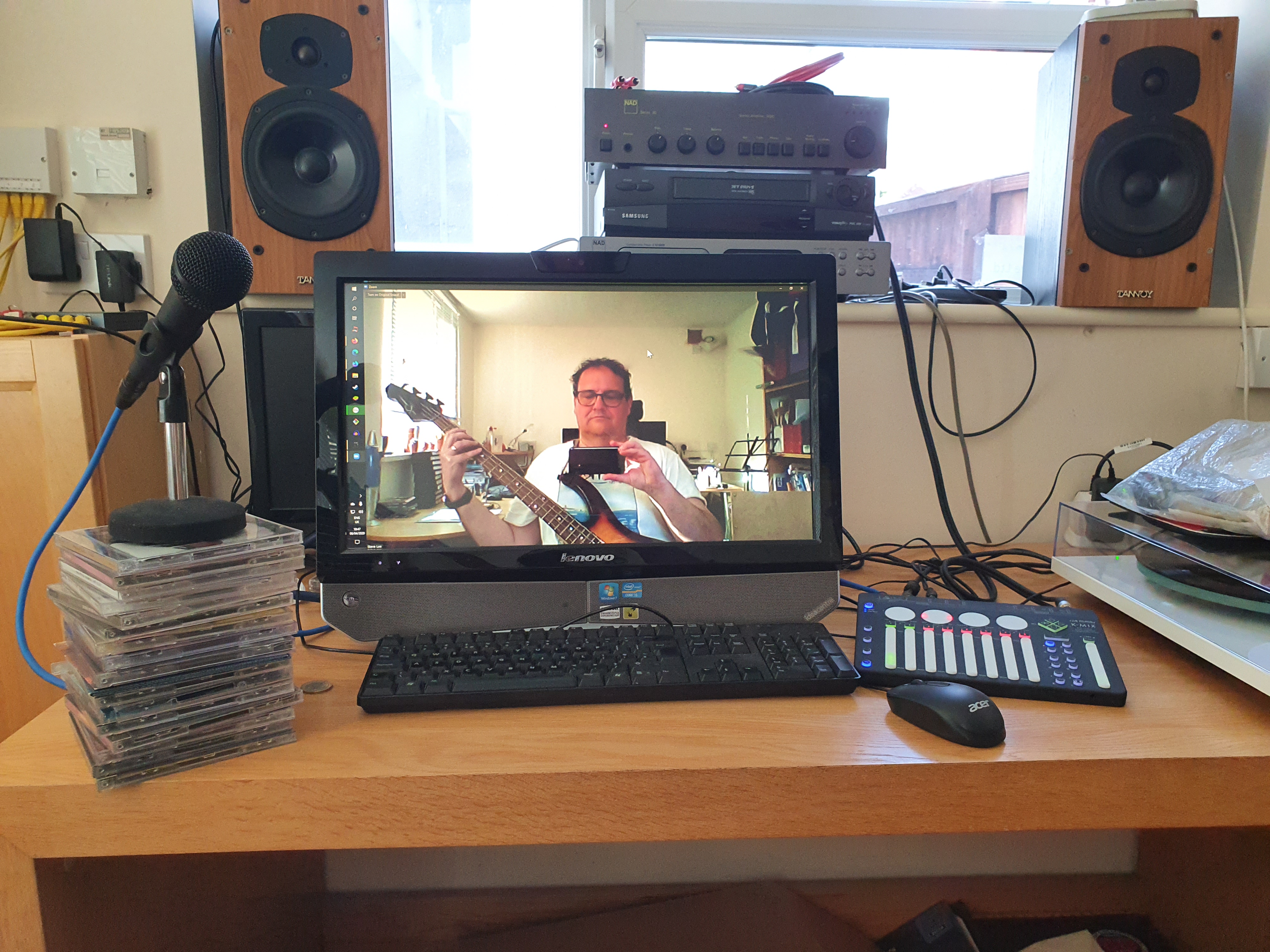Remote Bass Lessons
Back to Bassics
After a period of doing my own thing I decided it’s time to get back to having regular bass lesson. A good teacher will identify your problems and help you fix them, will break up learning objectives into small achievable chunks and will know when it’s time to move on so you feel achievement. Perhaps most importantly you get accountability for actually practising what’s agreed between lessons. The fact you’re paying also helps with the dedication :)
So I was all set to resume cycle trips over to my teacher with my bass on my back to get some learning. However, CORVID19 has caused seismic shifts in how teachers can provide their traditional interactive music education. Face to face is out of the question and remote lessons via video are no longer only for the odd brave practitioner. Rather, everyone has to get on board with adapting to a remote style using the latest video calling technology.
Zooming in on the problem
Luckily video calling services are really solid now and bandwidth is generally fast enough. Zoom has surfaced as the reliable “go to” service for most people, and for good reasons It just works. Plus Zoom are proving to be responsive to the security and usage issues that a bound to appear with so much use and scrutiny.
Thus, Zoom is definitely my first choice for remote bass lessons. A free account is fine for a 1 hour lesson between 2 of you, and as of right now, Zoom often waive the the 40 minute free call limit when there are 3 or more participants.
Mixing it up
In my last attempt to play bass over Zoom I played it through my bass combo using the PC’s built in mic. No one could hear me. Zoom is flexible enough to work reliably out of the box for voice calls. But for music there are a few extra things to consider.
So this time I decided I needed more control and DI-ing the bass while using a mic with a mixer would be the most flexible approach. Having the excellent McMillen K-Mix combined mixer and digital interface meant I had high hopes I could achieve this pretty easily.
Fortunately, Zoom also has you covered with the options you need to work with music and a mixer.
Student Set Up

This then, is a summary of what I did.
- Disabled all the clever voice signal processing that zoom does. In Preferences -> Audio -> Advanced make sure ‘Show use Original Sound’ is checked and then when in a call it can be selected top left of the display.
- Used my McMillen K-mix to provide a monitor mix of bass, microphone and computer audio. My passive bass and an old dynamic mic both plugged in to the flexible channel 1 & 2 inputs with trim and fader levels set to get a good sound on my monitor amp and speakers on output 1 & 2. All other channels where muted. USB Channels 1 & 2 from the PC are then routed to K-mix outputs 1 & 2 with levels being set on the PC with the sound mixer. I didn’t use the K-mix compressor, eq or reverb for bass or mic but you could I guess, as long as you set Channels 1 and 2 “USB Output” to be post fader.
- Used K-mix as a digital input interface for bass and mic. I panned both channels to centre as Zoom’s mic input that they appear as is mono.
- Set Zoom to use the K-mix driver for input and output.. This way I can hear every thing local and remote via the monitors and my teacher will hear a mix of my mic and DI’d bass. You can use Zooms Audio settings dialog to monitor the input and output. I turned off the AGC on this dialog for good measure.
- Saved the K-mix settings to a preset. This way it’s easy to get back all the K-mix settings after using it for other applications (like ripping my vinyl).
Success
During my first remote bass lesson this quick audio set up worked perfectly well. As an aside, it’s interesting how you have to adopt your playing position so the teacher can see your both hands. All in all, I think remote lessons are going to work out just fine. As long as I practice between lessons, of course. :)